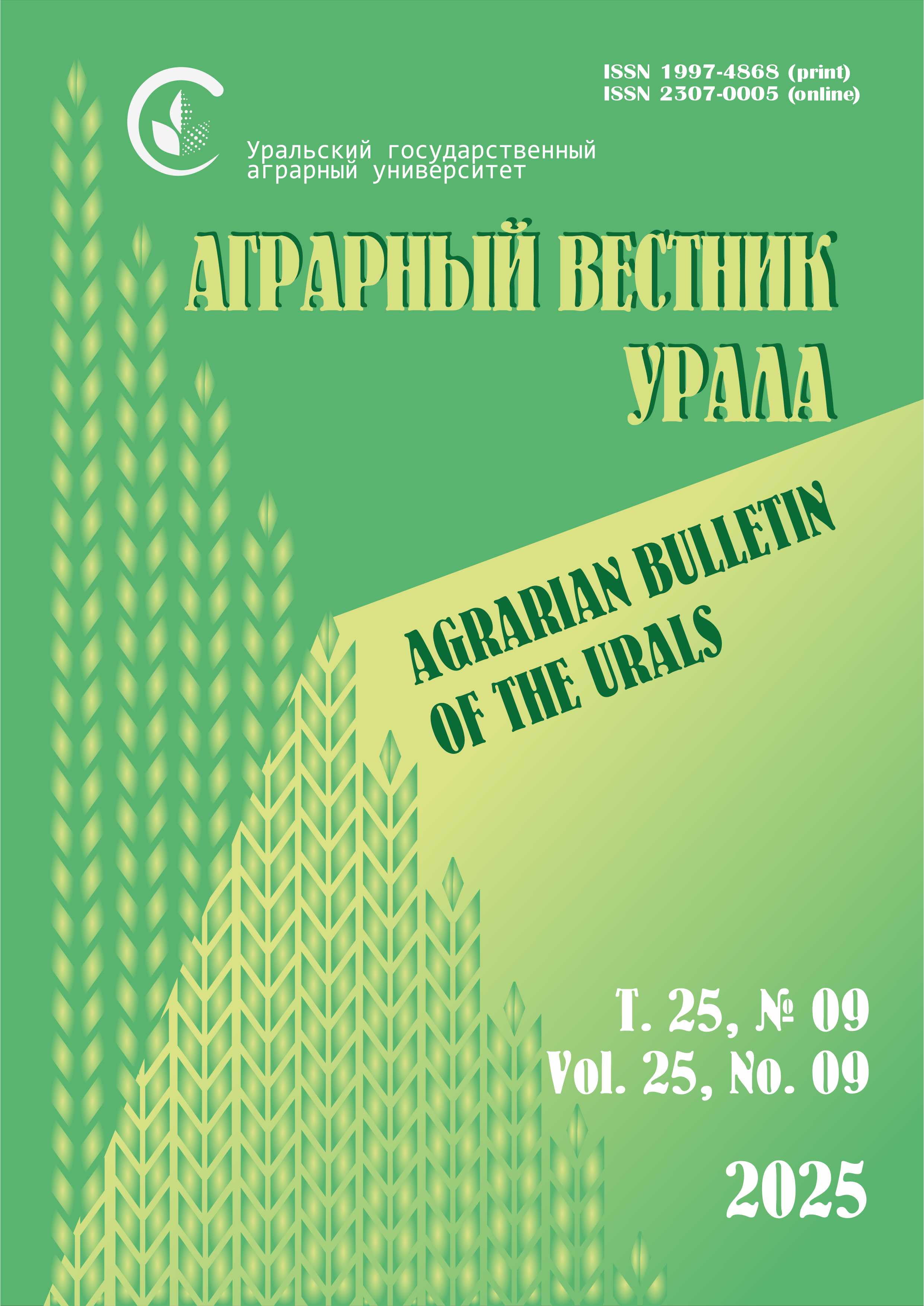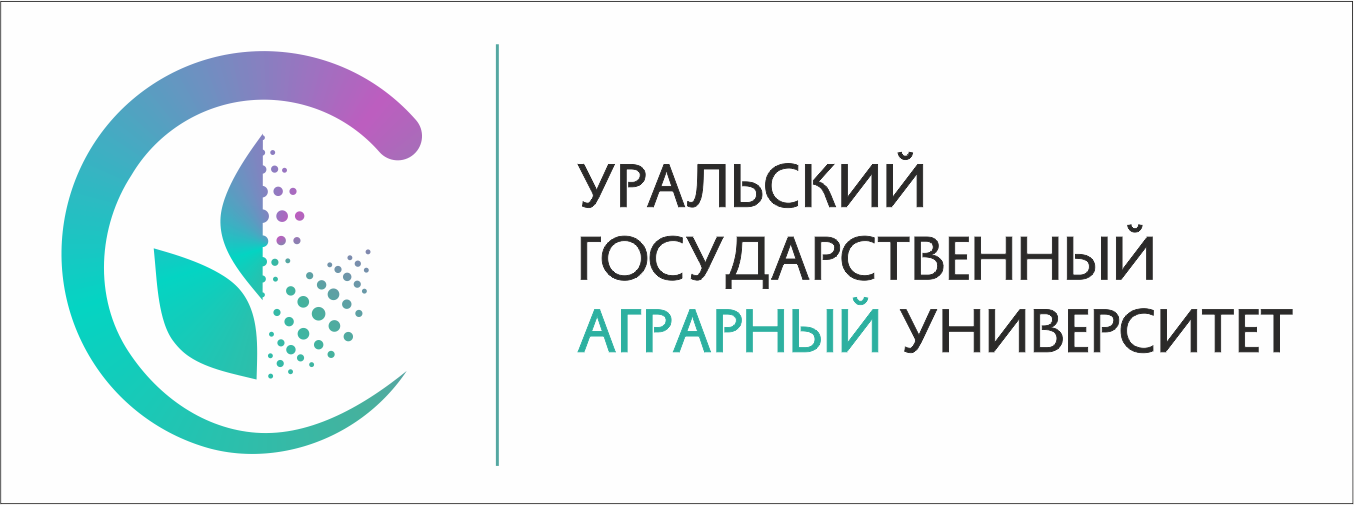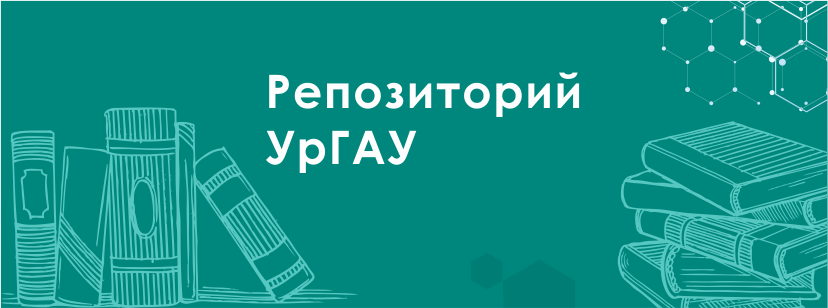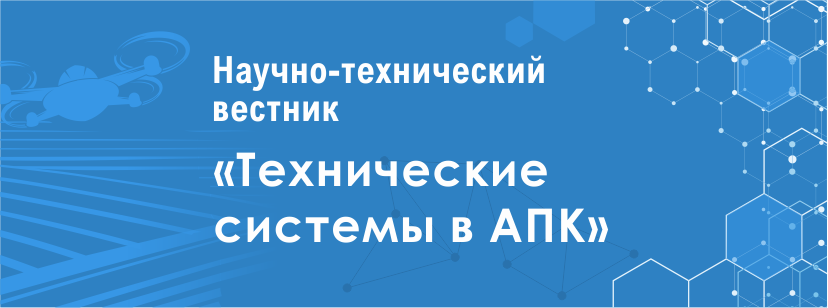A. P. Galichenko1, T. A. Aseeva2 , E. M. Fokina1
1 Federal Research Center “All-Russian Scientific Research Institute of Soybean”, Blagoveshchensk, Russia
2 Khabarovsk Federal Research Center of the Far Eastern Branch of the Russian Academy of Sciences, Khabarovsk, Russia
E-mail: This email address is being protected from spambots. You need JavaScript enabled to view it.
Volume 25 No. 8
Date of paper submission: 06.01.2025, date of review: 24.06.2025, date of acceptance: 28.07.2025.
Published: 08/31/2025
Abstract. Research purpose is to conduct a selection and genetic analysis of second-generation intraspecific soybean hybrids using the indicators of the degree and frequency of positive transgressions, value of the heritability estimate and genetic shift to predict selection in the next generation of hybrids. Methods. The research was conducted in 2023 at the selection laboratory of the Federal Scientific Center All-Russian Scientific Research Institute of Soybean. Four economically useful traits were evaluated: number of beans per plant, number of seeds per plant, seed weight per plant and weight of 1000 seeds. Results. High indicators of the degree and frequency of positive transgressions were established in all cross combinations under study (Td = 61.0...126.5 %, Tf = 68.0...89.8 %). The heritability estimate depending on the trait and the crossing combination was within the range of 21.2–86.9 %. The magnitude of the genetic shift during selection in the third generation of hybrids for the number of beans per plant was 78.62–115.53 pcs., for the number of seeds – 168.56–284.68 pcs., for the seed weight 33.13–49.42 g and for the weight of 1000 seeds – 180.15...225.00 g. The maximum expected values during selection in the next generation were recorded for the number of beans per plant, the number of seeds per plant and the weight of seeds per plant in combinations: ♀ Sentyabrinka × ♂ Saska (115.5 beans, 284.6 seeds and 47.8 g of seeds per plant) and ♀ Sentyabrinka × ♂ Kheykhe 12 (105.1 beans, 269.0 seeds and 49.4 g of seeds per plant). Scientific novelty. For the first time in the conditions of Amur region, genetic parameters of several economically useful traits in soybean F2 hybrids of nine crossing combinations were studied using quantitative genetics methods to solve selection problems.
Keywords: soya, hybrid, transgression, heritability estimate, genetic shift, selection prediction
For citation: Galichenko A. P., Aseeva T. A., Fokina E. M. Research on transgressive variability and prediction of selection in population of second-generation soybean hybrids. Agrarian Bulletin of the Urals. 2025; 25 (08): 1154‒1163. https://doi.org/10.32417/1997-4868-2025-25-08-1154-1163 (In Russ.)
Download the full text of the article












